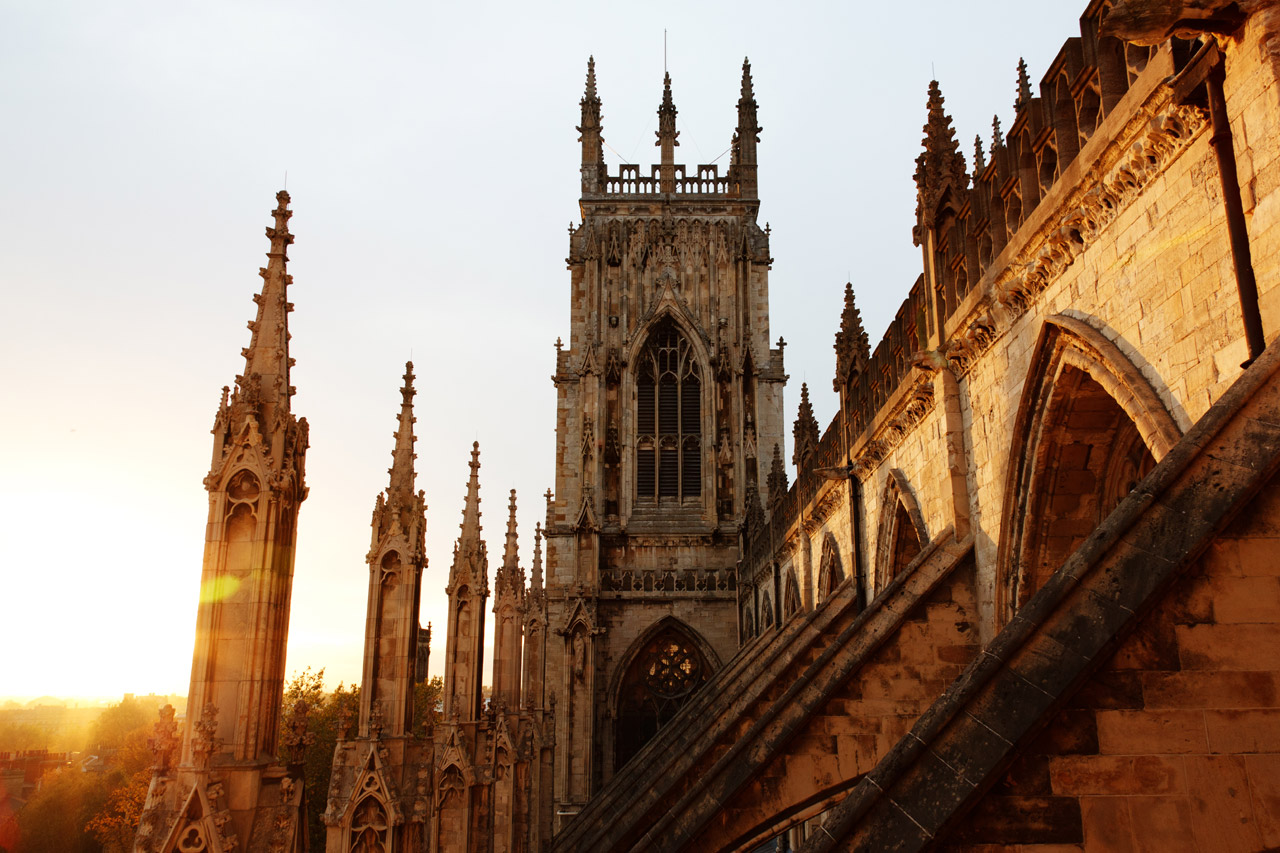Exploring Madagascar: Biodiversity and Cultural Heritage

Introduction
Madagascar, the world’s fourth largest island, is renowned for its extraordinary biodiversity and unique cultural heritage. Located off the southeastern coast of Africa, the island is home to species that cannot be found anywhere else on Earth, making it an important area for conservation and ecological studies. As global warming and human activities increasingly threaten its environment, Madagascar’s ongoing conservation efforts have become critical not only for its native species but also for the global ecological balance.
Current Environmental Challenges
Recent reports highlight that Madagascar’s unique flora and fauna are under severe threat. Deforestation is accelerating, mainly due to slash-and-burn agriculture, which is causing significant habitat loss. It’s estimated that Madagascar has lost nearly 90% of its original forest cover since the 1950s. The degradation of these forests threatens iconic species such as lemurs, chameleons, and countless plants that play vital roles in their ecosystems.
Conservation Efforts
In response to these alarming trends, several local and international organisations are stepping up efforts to protect Madagascar’s habitats. The Malagasy government, backed by the United Nations Environment Programme, launched the ‘Biodiversity Corridor’ initiative to connect fragmented forests and protect key wildlife areas. Small NGOs are actively involving local communities in conservation practices and sustainable agriculture, recognising that local livelihoods often depend on the delicate ecosystems they aim to protect.
Ecotourism as a Sustainable Solution
Alongside conservation initiatives, ecotourism has emerged as a sustainable avenue for both environmental protection and economic development in Madagascar. Responsible tourism allows visitors to experience the island’s stunning landscapes and native species while contributing to the local economy. The government has been promoting eco-friendly travel options, focusing on preserving the natural beauty of the island while generating income for its residents.
Conclusion
The future of Madagascar hangs in the balance, with pressing environmental issues that could lead to irreversible damage. However, ongoing conservation efforts and a shift towards sustainable practices provide hope for the island’s unique ecosystems. Madagascar’s significance goes beyond its borders; it stands as a key example of the need for global cooperation in preserving the planet’s biodiversity. As awareness grows, collective action from governments, NGOs, and individuals will be essential in ensuring a sustainable future for this remarkable island.
You may also like

The Royal Opera House: A Jewel in London’s Cultural Landscape

Understanding Mosquera Wolves and Their Conservation Needs
